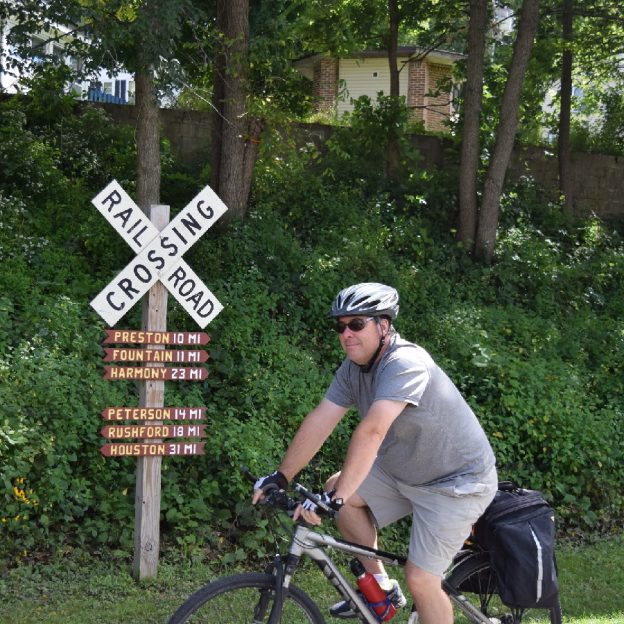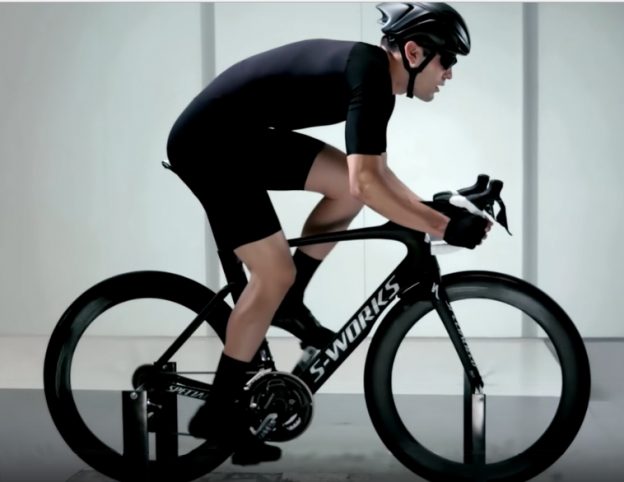Tag: bike pain
-

Searching for back pain causes and finding a solution biking
Over the past quarter-century, I have helped many riders get going on their bikes without back pain. I’ve been lucky to see the life-changing power of proper posture while riding a bicycle. I have also seen riders walk away from cycling due to simple discomforts and not understanding the reason. No discomfort is as debilitating…
-

Be more comfortable and have more fun when you follow these bike fit tips!
Riding a bicycle is one of the most enjoyable hobbies available. When you have your bike fit to your body it becomes even more enjoyable. Don’t let little nagging annoyances take away from your great ride. Read on to learn the causes and fixes to cycling’s most basic discomforts.
